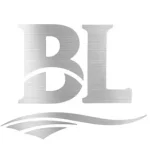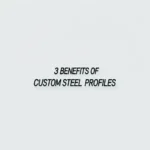All three processes—laser, waterjet and plasma—can cut stainless well. The right choice depends on thickness, edge quality, heat input, and cost. Use the quick picker below, then tune settings for burr and taper so parts go straight to assembly.
Quick picker
| Process | Best for | Edge/heat | Notes |
|---|---|---|---|
| Fiber laser | Thin–medium sheet (≤12 mm) | Sharp edge, small HAZ | Fast, accurate; film‑friendly with proper focus and gas |
| Waterjet | All thicknesses; heat‑sensitive parts | No HAZ, very clean | Slower; can leave slight taper; best for finish‑critical parts |
| Plasma (Hi‑def) | Medium–thick plate | More HAZ, some dross | Economical on thick stock; may need secondary clean‑up |
Edge quality and tolerances
- Laser: Specify burr limit and HAZ color acceptance; nitrogen assist keeps edges bright on stainless.
- Waterjet: Pick a quality level (Q1–Q5 style); higher quality means slower but smoother edges with less striation.
- Plasma: Allow for kerf/dross; ask for a quick grind on cosmetic edges.
Design for cutting
- Provide DXF with correct layer names; include grain direction for brushed finishes.
- Add lead‑in/out away from critical edges; allow tabs on small parts.
- For threaded holes, consider undersize cut + finish drill for accuracy.
Spec lines you can copy
- Laser: 304 2B, 2.0 mm; nitrogen assist; burr ≤0.05 mm; leave tabs on parts <50 mm.
- Waterjet: 316L, 6.0 mm; quality level high; taper compensation on; no heat tint.
- Plasma: 304, 12 mm; hi‑def; light grind on edges; holes ≥1.5 × thickness or finish drilled.
Tell us the thickness, finish sensitivity and whether parts go straight to welding. We’ll recommend the process and settings that balance cost and edge quality.




